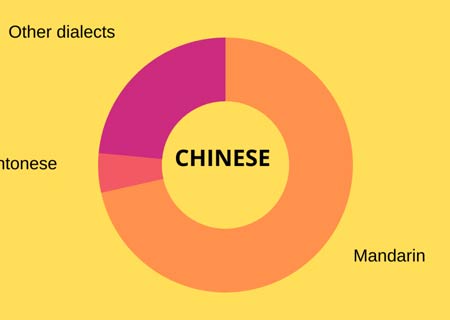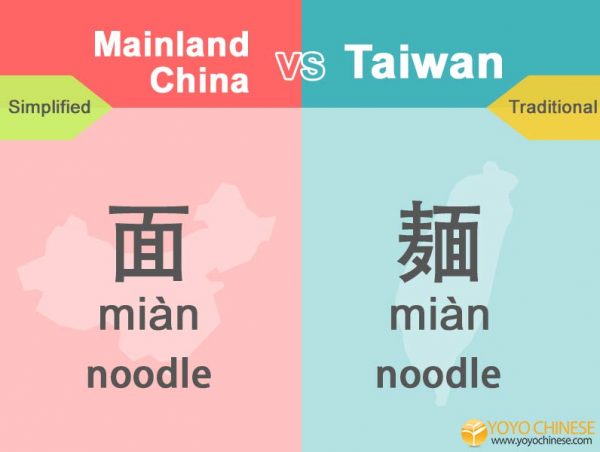When it comes to Chinese translation, precision is paramount. Choosing the right Chinese language dialect can be the key to effective communication. In this exploration of language choice, we’ll delve into the intricacies of Chinese translation services in Australia.
Translating into Chinese? Which Chinese?
Translating into Chinese is not as straightforward as it might seem. Are you translating into Mandarin, Cantonese, Simplified Chinese or Traditional Chinese?
Your NAATI-certified Chinese translation services provider will ask you this, so here is how it all works.
Mandarin is a spoken variation of Chinese, not a written language. The same is true of Cantonese – it is not a written language. While they are the two most common spoken languages, there are also more than 200 Chinese dialects.
The two are largely governed by location. Mandarin is spoken in mainland China, Taiwan and Singapore. Cantonese is most commonly spoken in Hong Kong and Macao.
When it comes to writing, there are two main Chinese scripts: Simplified Chinese and Traditional Chinese. Simplified Chinese is a simplified variation of Traditional Chinese, and it came about during the cultural revolution, when the Chinese government implemented it in mainland China.
Typically, those who speak Mandarin write Simplified Chinese, and Cantonese speakers tend to write Traditional Chinese. But careful, it might not always be the case (in Taiwan, you can hear Mandarin and read Traditional Chinese).
Is this getting confusing? Let’s recap:
The two main written systems in Chinese are Simplified Chinese and Traditional Chinese. Mandarin and Cantonese are spoken variations of the language.
If you are preparing a multimedia resource such as a video or a podcast, choose between Mandarin or Cantonese based on where your audience comes from. The rule of thumb is Mandarin for Mainland China, Cantonese for Hong Hong and Macao.
Now if you are preparing written content, you’ll have to choose between Simplified and Traditional Chinese.
Simplified Chinese is a simplified version of Traditional Chinese, which uses many more brush strokes for each character. Simplified Chinese first came into common use mid last century when the communist regime decided to encourage literacy levels to foster economic growth.
Once again, your decision needs to be based on where your audience comes from. If the audience you are trying to reach are from mainland China and Singapore, your choice for translation is simple. Choose Simplified Chinese.
But if your audience is largely Taiwanese or from Hong Kong, where Traditional Chinese is the usual written language, that might be the better option.
My recommendation for a wider reach, if budget allows, is that you translate into both Simplified and Traditional Chinese.
Now you are probably wondering, can you translate into Simplified Chinese and use an online converter to automatically produce your Traditional Chinese text?
Yes, you can. But like anything done by a machine, a human who knows what they are doing should supervise, review, update and approve. A simple machine translation will not pick up on certain terms and ways of saying things.
At the end of the day, a machine will produce a character-for-character translation without considering idiomatic expressions or cultural baggage. So our recommendation is to use a professional English to Chinese translator.
Our Chinese Translation Services
If you are looking for a Chinese driver’s licence translation service, this post might not have been all that useful. But we can still help. We also provide Chinese birth certificate translation services, and Chinese business translation services. You need NAATI certified Chinese translations? Leave it with us!
At Sylaba we deliver NAATI certified translation services into 150+ languages. Spanish, Hindi, Arabic and Greek are some of the top languages that we translate.
Conclusion
Choosing the right Chinese language dialect is crucial for effective translation services in Australia. Mandarin and Cantonese are the main spoken variations, and Simplified and Traditional Chinese are the written systems. Selection should be based on the audience’s location. For multimedia, use Mandarin for mainland China and Cantonese for Hong Kong and Macao. For written content, choose Simplified or Traditional Chinese based on the audience’s preferences. While machine translation can convert between scripts, professional human English to Chinese translators are recommended for accuracy. Sylaba offers NAATI certified Chinese translation services in Australia for various documents and languages, ensuring precise and culturally sensitive translations.
Related Posts

Get a quote today
"*" indicates required fields
Subscribe today to receive the latest insights and updates from Sylaba Translations









